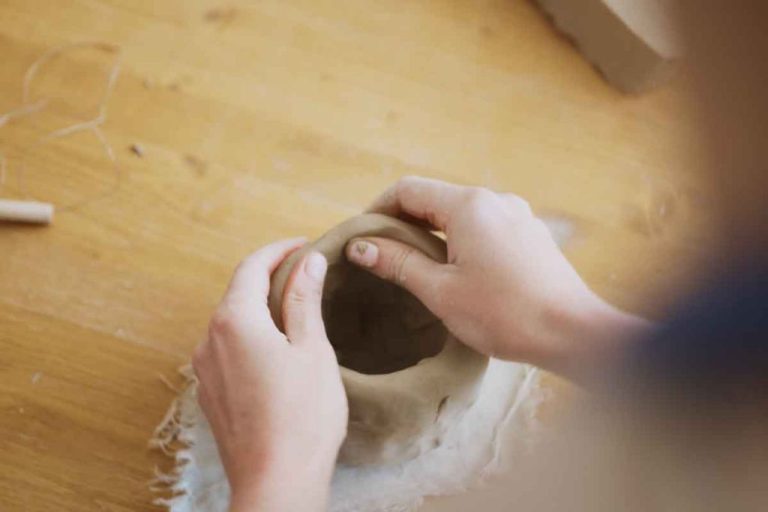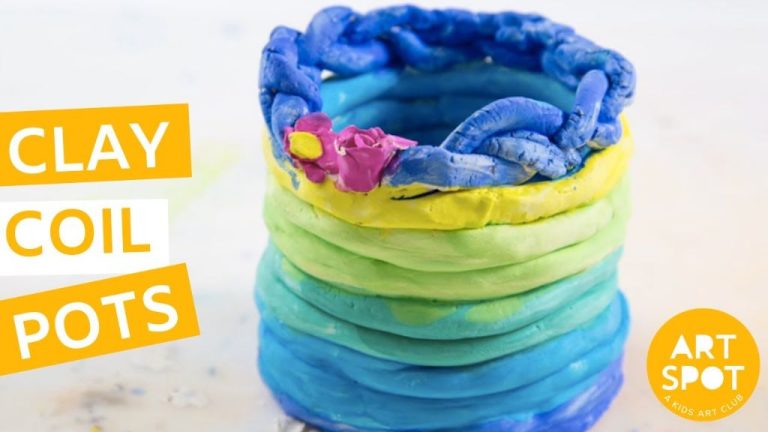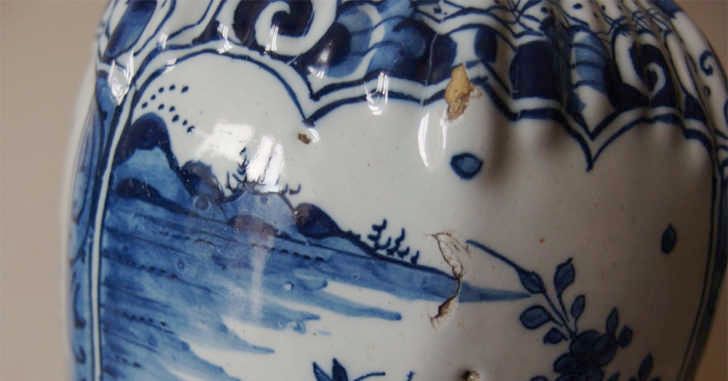What Is A Calligraphy Brush?
A calligraphy brush is a specialized writing tool used for artistic handwriting and calligraphy. It consists of a handle and a brush head made of animal hair, such as goat, rabbit, wolf, or even weasel hair.
Calligraphy brushes have a long history originating in China during the Qin Dynasty around 300 BC. The earliest intact ink brush was discovered in 1954 in the tomb of a Chu citizen dating back to the Warring States period (according to History of Ink Brush and Calligraphy). Brushes have been used for Chinese calligraphy and painting for over 2,000 years.
There are several types of calligraphy brushes that vary in size, shape, material, and purpose:
- Pointed brushes for delicate strokes
- Blunt brushes for bold strokes
- Large brushes for big characters
- Small brushes for detail work
The key parts of a calligraphy brush are the handle, ferrule, brush hairs, and tip. Brushes can be made from bamboo, wood, bone, or other materials for the handle. The ferrule holds the hairs in place, while the hair texture and tip shape determine the stroke style.
Anatomy of a Calligraphy Brush
A calligraphy brush consists of several key parts that allow it to hold ink and flexibly create strokes on paper. The main parts of a calligraphy brush are:
- Handle – This is the end of the brush that is held by the calligrapher. It is usually made of bamboo or wood.
- Ferrule – A metal band that connects the handle to the hairs of the brush. It keeps the hairs bound tightly.
- Knot – The base where the hairs of the brush are gathered and bound with rope or string before inserting into the ferrule.
- Belly – The widest part of the brush where the majority of the hairs are located, allowing it to hold a large amount of ink.
- Point – The very tip of the brush where the hairs taper to a fine point, allowing for thin lines and detailing.
Understanding the parts of a calligraphy brush allows proper selection, use, and maintenance. The specific shape and materials impact the ink flow, flexibility, and line variation possible.
Materials Used
The most important material used to create calligraphy brushes is animal hair

(see “Calligraphy tools and materials,” https://www.calligraphy-skills.com/calligraphy-tools.html). The hairs used are often from goat, sheep, horse, wolf, rabbit, or even mouse. These hairs have special qualities like elasticity and ability to hold ink that make them ideal for brush tips. Synthetic fibers like nylon are sometimes used as a cheaper alternative to animal hair.
The handle of a calligraphy brush is typically made from bamboo or wood (see “Type of Japanese Calligraphy Brushes1,Materials,” https://shodo.jp/shodo401.html). Bamboo is a preferred material as it is lightweight yet durable. Wood handles provide more weight and balance. Both bamboo and wood allow the artist to have good control over brush strokes.
Brush Sizes
Calligraphy brushes come in a wide range of sizes used for different purposes. The most common sizing categorization is numerical, with sizes ranging from 1 to 10. A brush labeled size 1 has the smallest tip diameter, typically around 1 to 2 millimeters. As the numbers increase, so does the tip diameter – a size 10 brush can have a tip diameter of 10 millimeters or larger.
Smaller brushes, like sizes 1 to 4, are commonly used for delicate strokes, fine details, and small writing. Larger brushes, such as sizes 5 to 10, are used for bold strokes, larger lettering, and covering more surface area. In between sizes like 5 and 6 are versatile all-purpose brushes.
Japanese calligraphy brushes use more specific naming conventions for sizing. Common names include:
- Sosho – Extra fine tip for detailed characters
- Kohitsu – Fine tip suitable for most writing
- Choryu – Medium tip good for moderate sized script
- Taihi – Large brush for bold, artistic strokes
When selecting a calligraphy brush, it’s important to choose the right size for your needs and skill level. Beginners generally prefer smaller brushes around sizes 2-4 for control. Intermediate calligraphers utilize sizes 3-6 for versatility. Advanced artists can handle a full range of sizes depending on the aesthetic they want to achieve.
(https://beyond-calligraphy.com/2010/03/05/calligraphy-brush-sizes/)
Brush Shapes
Calligraphy brushes come in a variety of shapes that are suited for different scripts and techniques. The three main brush shapes are flat, round, and pointed.
Flat brushes have a wide, flat tip that can produce wide strokes. These brushes are best for scripts like Chinese and Japanese that require wide horizontal or vertical strokes. Common flat brushes include wolf hair brushes and paddle brushes.
Round brushes come to a rounded point and are versatile for many scripts. These brushes can make both thick and thin strokes. Round brushes include goat hair brushes and weasel hair brushes.
Pointed brushes taper to a fine point and are ideal for delicate scripts like copperplate and Spencerian. Kolinsky sable hair makes the finest pointed brushes. Pointed brushes allow great control of thin downstrokes and fine details.
It’s important for beginners to try brushes of different shapes to discover which styles suit their preferences and script. Most calligraphers use a combination of brush shapes depending on the piece. Knowing the capabilities of different brushes will expand creative possibilities. For more information on calligraphy brushes, see the authoritative guide at Asianbrushpainter.com.
Selecting a Calligraphy Brush
When selecting a calligraphy brush, it’s important to consider the brush material, size, shape, and stiffness based on your needs and skill level. Beginners should start with a medium-sized brush around 10 inches long with a flexible tip around 2 inches long. This allows flexibility while learning brush control.
For Chinese and Japanese calligraphy, animal hair brushes are preferred for their ability to hold ink and flex for variation in line width. Stiffer brushes work best for bold characters while softer brushes are better for rounded, flowing scripts. Choose stiff brushes for control and soft brushes for expressiveness.
Larger brushes hold more ink and create bolder strokes but aren’t as precise for details. Smaller brushes allow intricate designs. Medium brushes around 1⁄2-inch wide offer versatility for beginners. Start with a basic medium round brush then expand into different shapes and sizes as you progress.
Synthetic brushes are a budget-friendly option but may not hold ink as evenly. Sable and goat hair brushes are top quality for control and ink flow. Invest in a high quality medium round brush to start. Good beginner options are 10-12 inch brushes with goat or wolf hair tips.
Caring for Brushes
Proper care and cleaning are essential for preserving your calligraphy brushes and maintaining their shape and performance. According to How to take care of your brush in Asian Brush Painting, you should rinse the brush thoroughly in water after each use to remove any remaining ink. There is no need to use soap or other solvents which can damage the brush. Make sure to only submerge the brush hair in water and avoid getting the handle wet.
For more thorough cleaning, the brush hair can be soaked in lukewarm water for 5-10 minutes before gently massaging the hairs to loosen any remaining dried ink, as recommended by Calligraphy Brush: Tips for Use & Maintenance. After cleaning, use your fingers to reshape the tip before allowing the brush to air dry with the hairs facing up.
Proper storage is also key. Store brushes tip up and protected in a case to maintain their shape. Avoid extreme temperatures and humidity which can cause the hairs to become misshapen.
Brush Techniques
Proper brush techniques are essential for creating beautiful calligraphy. Here are some key techniques to master:
Hold the brush perpendicular to the paper with your thumb and middle finger, using your index finger to stabilize. Relax your grip to allow the brush to move freely. Maintain light pressure as you pull the brush downward and increase pressure as you push up (Source 1).
Practice basic strokes like downward diagonal pulls, upward diagonal pushes, dots, and horizontal pulls across the paper. Varying pressure and speed will create thin upstrokes and thick downstrokes (Source 2).
Lift the brush as you finish each stroke to avoid unintentional marks. Use your shoulder, not just your wrist, to make longer strokes. Relax your grip and let the brush do the work as you gain experience.
Troubleshooting Issues
Two common issues that can arise with calligraphy brushes are splaying of the bristles and poor ink flow. Splaying refers to when the bristles start separating and fraying, causing uneven ink distribution. Poor ink flow can mean the brush isn’t picking up enough ink or the ink flow is inconsistent.
To fix splaying bristles, use a small amount of gum arabic or craft glue to gently coat the bristles, then gently pinch them back into a tight point and allow to dry before use (https://www.youtube.com/watch?v=flF5WktK70w). Splaying can be prevented by storing the brush upright and not pressing too hard when using it.
For poor ink flow, first clean the brush thoroughly with water and gently reshape the bristles. If that doesn’t help, try soaking just the bristle portion in water to soften it, then pinching to a point again. Check that the ink or paint itself isn’t too thick. As a last resort, consider trimming a tiny bit off the end of the bristles to expose newer bristle tips (https://kallialitheia.com/how-to-troubleshoot-calligraphy-ink-flow-problems/).
Innovations in Brush Design
Calligraphy brush design has come a long way in recent years. Brush makers are innovating with new materials, ergonomic handles, and creative shapes to improve the brush experience. Some key innovations include:
New materials like synthetic hair and mixed blends of natural and synthetic bristles provide more durability and better ink holding capacity. Popular new materials include nylon, polyester, and silk [1]. These allow for fine tip brushes that hold their shape longer.
Ergonomic handles crafted from wood, plastic, or rubber provide better grip and control. Angled brush handles reduce hand strain and allow for more precise strokes [2]. Rotating handles also aid wrist comfort during lengthy writing sessions.
New brush shapes like wide, flat brushes allow thick downstrokes and thin cross strokes in a single brush. Dual-ended brushes with different tips on each end provide versatility. Companies also offer brush sets with a range of sizes and shapes for different techniques.
While traditional materials like sable hair are still prized, innovations in synthetic brushes make calligraphy more accessible to beginners. Brush makers continue finding new ways to enhance the writing experience.





